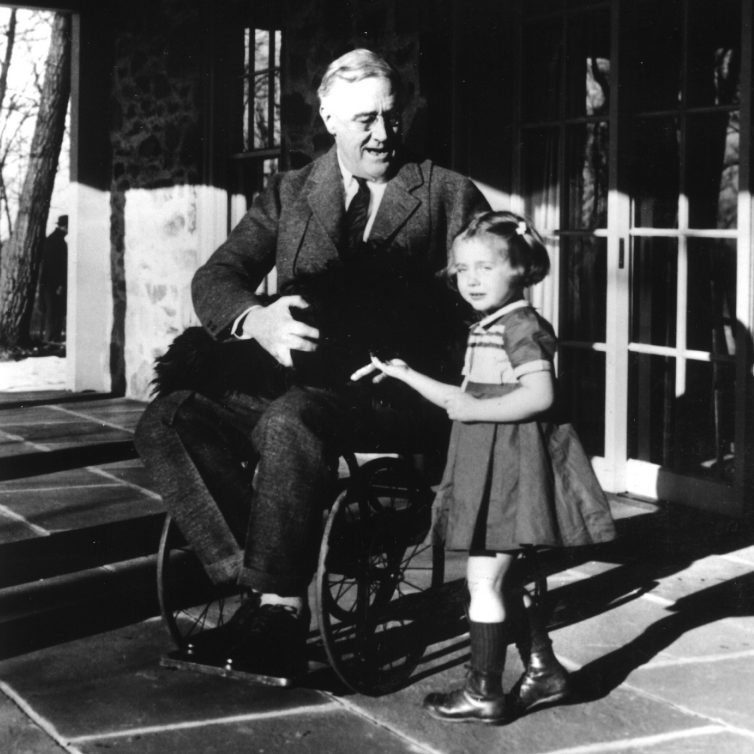In the annals of American history, few figures stand as tall as Franklin Delano Roosevelt, the 32nd President of the United States. Behind the grandeur of his four-term presidency lies a tale of triumph over adversity, as Roosevelt steered the nation through the tumultuous waters of the Great Depression and World War II while grappling with a personal struggle that could have easily confined him to the shadows of history.
The Unseen Battle: Polio Strikes
In the summer of 1921, a fateful encounter with the insidious poliovirus changed the course of FDR’s life forever. At the age of 39, a robust and athletic Roosevelt was struck down, his body paralyzed from the waist down. It was a devastating blow for a man whose political career was already gaining momentum, but instead of succumbing to despair, Roosevelt confronted his disability head-on.
Rising from the Ashes: A Rehabilitation Odyssey
The initial stages of FDR’s rehabilitation were marked by intense physical therapy and a relentless pursuit of recovery. His determination to walk again manifested in grueling exercises and unwavering resolve. Although he never fully regained the use of his legs, Roosevelt’s rehabilitation imbued him with a profound empathy for those facing adversity—a quality that would later define his presidency.
The Iron Will in the Iron Lung Era
In an era before widespread awareness of polio and limited medical interventions, Roosevelt’s fight against the disease mirrored the nation’s battle against the economic woes of the Great Depression. His personal struggle with paralysis mirrored the collective struggle of the American people, forging a connection that would define his political philosophy.
The Fireside Chats: Connecting a Nation in Crisis
Roosevelt’s presidency was characterized by a series of groundbreaking initiatives collectively known as the New Deal. His ability to communicate these policies and reassure a nation in crisis became one of his greatest strengths. The famed “Fireside Chats,” intimate radio broadcasts where FDR spoke directly to the American people, showcased a leader who understood the power of words and empathy.
War on Two Fronts: WWII and Disability
As the storm clouds of World War II gathered, Roosevelt found himself steering the nation through its darkest hours. His leadership during this global conflict was nothing short of Herculean, and yet, his disability remained a closely guarded secret. The public image of Roosevelt was carefully curated to project an image of strength, embodying the indomitable spirit of a nation at war.
Legacy Beyond the Wheelchair: FDR’s Impact
Franklin D. Roosevelt’s legacy extends far beyond his physical limitations. His transformative presidency laid the groundwork for the modern welfare state, and his New Deal policies reshaped the social and economic landscape of the United States. The United Nations, an international organization dedicated to preventing future global conflicts, stands as a testament to Roosevelt’s commitment to a world free from tyranny.
In the face of personal tragedy and physical limitations, FDR emerged as a symbol of resilience and leadership. His story is one of triumph over adversity, proving that the human spirit can soar even when the body is tethered. Franklin D. Roosevelt’s journey from the confines of a wheelchair to the helm of the nation remains an enduring tale of courage, determination, and the unyielding power of the human will.
































